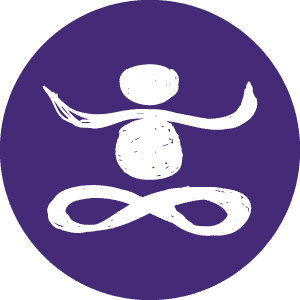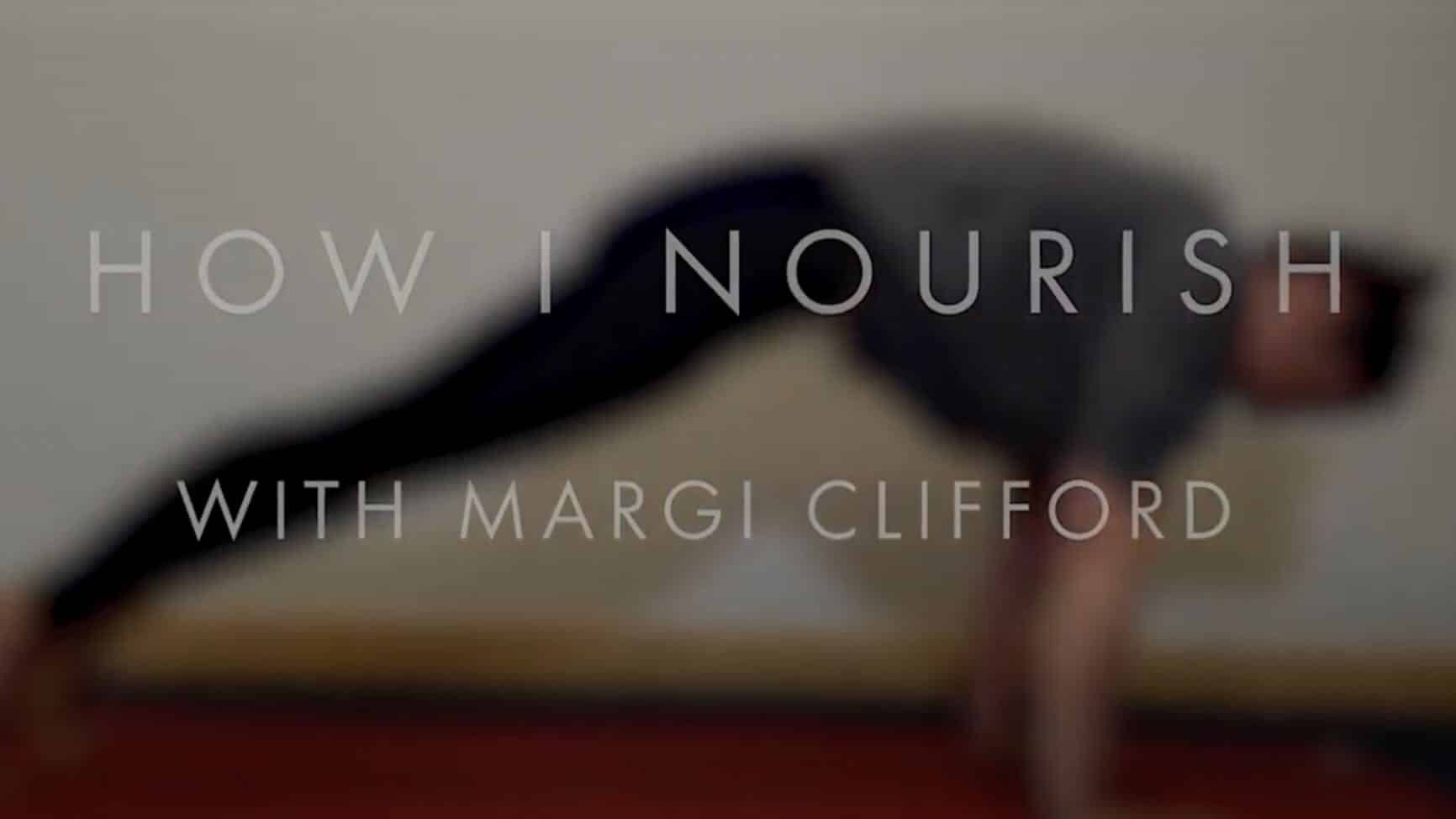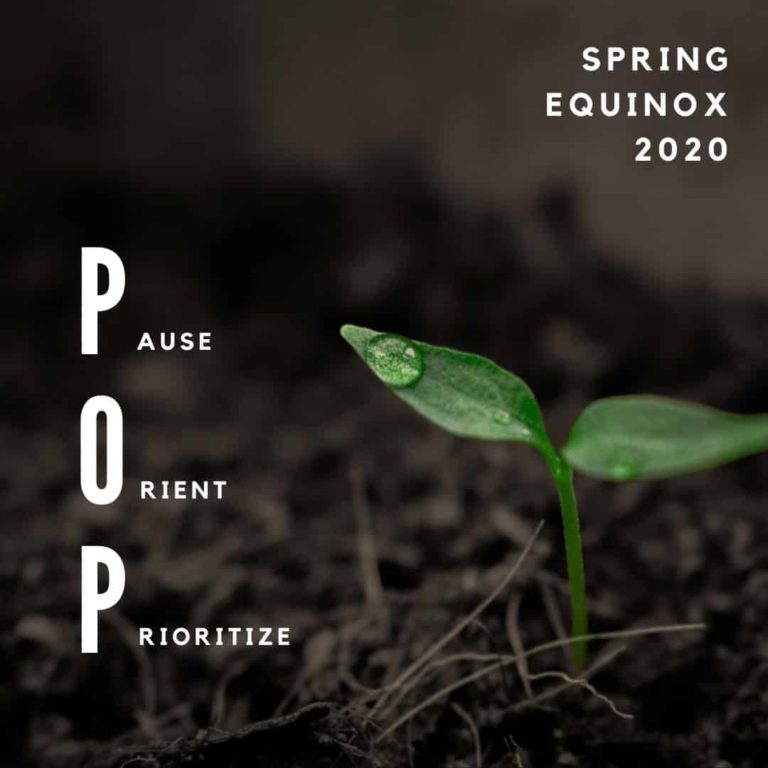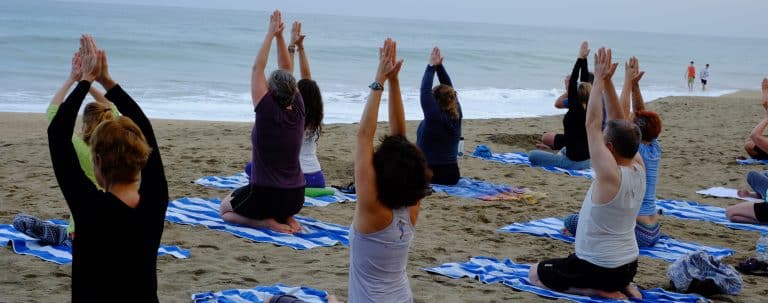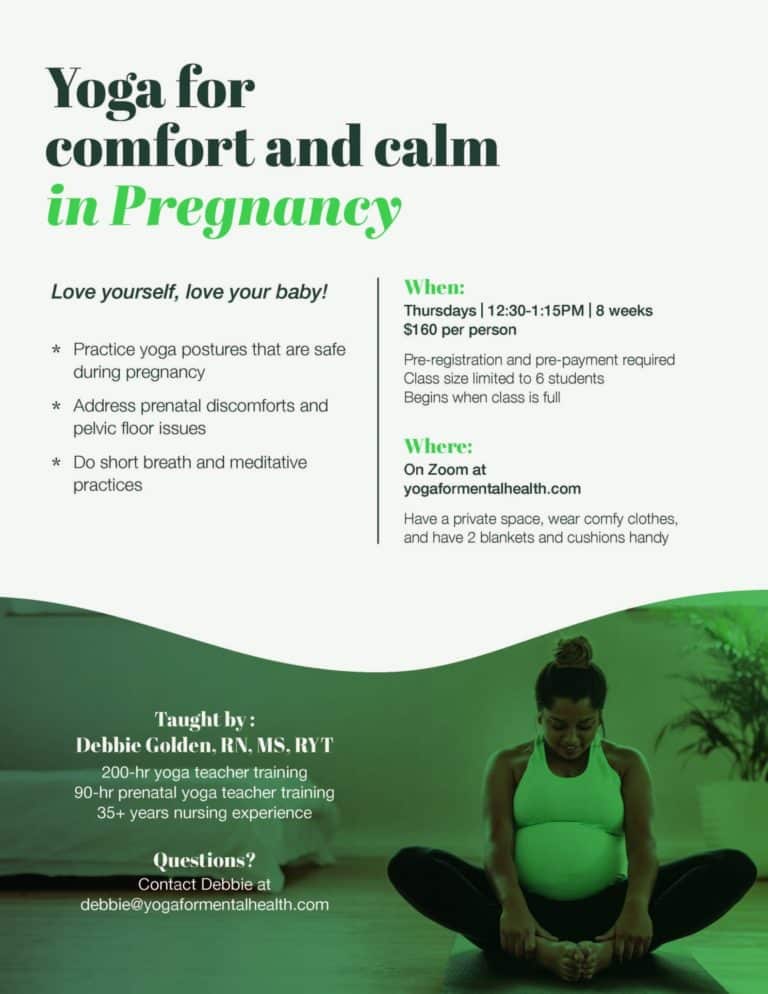Yoga for Mental Health is a wonderful way to nourish mind, body, and spirit. We need to be nourished on all of these levels in order to thrive. Yoga shows us how. The word itself means to yolk or bind together. To practice yoga is to practice connecting. It is wisdom in action.
The eight limbs of yoga are the framework for our practice. They guide us through a process that nourishes relationships, all layers of the physical body, all aspects of the mind, and spirit.
Nourish: relationships
The first limb of yoga is Yama. It is a collection of 5 practices: non-violence, truthfulness, non-stealing, responsibility, and non-grasping. These practices bring a careful, thoughtful, and respectful quality to our interactions. They allow space for individuals to grow, and, to come to relationships with others authentically. When individuals are overpowered or given false information, when things are taken from us, we expend vital resources to try to stabilize our place in the world. Each individual has a life force, inexorably connected to others. To foster all is to foster one.
Nourish: self
The second limb of yoga is Niyama. It is also a collection of 5 practices: simplicity, contentment, commitment, reflection, and devotion. These are ways to assure that body and mind are prepared to support the spiritual development that is possible. We are probably all familiar with a basic hierarchy of needs that includes a balanced diet, adequate rest, movement, fresh air, and loving connections. These niyamas are another, ancient, take on those. Our winter and spring courses online are a supported journey through these practices.
Nourish: posture
To have a body is the responsibility of a human life. To survive as a body is a most persistent motivating force. The nervous system, which occupies every nook and cranny of the body, has this as its primary responsibility. It is a subconscious force, dependent on instincts and habit. It makes a lot of mistakes. It can and will choose comfort and familiarity in the moment over long term goals every time.
Conscious awareness will bring perspective. A collaboration between conscious and subconscious forces can both honor instincts and facilitate growth. This starts with the instructions that our muscles get from our mind. To hold and carry ourselves in a way that conveys intention is the most powerful way to communicate it and foster its growth. Practicing postures clears pathways in the body that can otherwise block the flow of energy through it. This aspect of practice also helps us learn how to pay attention.
Nourish: breath
When the body is well-positioned and supple, energy can easily flow through it. Breathing is a fundamental way in which this happens. The preceding posture practice is how the body can stay supple and receptive to breath.
When we welcome breath in through both nostrils and down into the lower lobes of the lungs, we soothe and nourish our nervous systems. When we are tense or slumped we might only barely manage to get breath into the upper lobes of the lungs. It’s sufficient to keep us alive in the moment but, done consistently, it will establish a habit that will be limiting. To practice breathing, in through both nostrils, down into the lower lobes of the lungs, nourishs the nervous system and it, in turn, will take care of the whole body. This too can be established as a habit.
Nourish: senses
Sense awareness, focus, and ultimately, restraint, is another way to practice yoga. To tune attention is to connect. The senses are the doorways through which our consciousness moves when we engage with the world. To track and then to direct that movement is to harness our power.
Mindfulness activities like we often practice in our seasonal courses are the first step. They bring sense awareness from the subconscious, where it is informing that survival instinct, to the consciousness where it can help to foster growth. Recognizing the effects of sense experiences and then, restraining the impulses that arise from the subconsciousness when they are overreactive or outdated, is the 5th limb of yoga.
Nourish: concentration, meditation, absorption
These are the 6th, 7th and 8th limbs of yoga. Together they are known as samyama: integration. These are the more subtle practices that are accessible once a firm foundation is established. These practices nourish the spirit. Body, mind, breath, senses, relationships… these all change (A LOT) in the course of our experience. These samyama limbs protect and nourish that which is more consistent. Consistency in concentration is the doorway to the sustained sense of connection that is our primal longing. It is also our primary truth. All life is yoga. All life is connected.
To realize the possibilities that lie within is the greatest joy! To realize the limitations that we’re working with in these bodies is also an incredible thing. Once we gain perspective we can clarify and prioritize our efforts so that our greatest potential, for our own, and, for all beings’ benefit, can be enjoyed.
May you be nourished.
For more ideas about how to engage with these practices, please visit our calendar. Besides weekly livestream classes, our seasonal courses are open for registration every few months. We also offer retreats, individual counseling, and lots of free content. Join our email list for easy access to our offerings. Become a member for first dibs and discounts!
Thank you to Alaska’s Department of Health for sponsoring this series!
